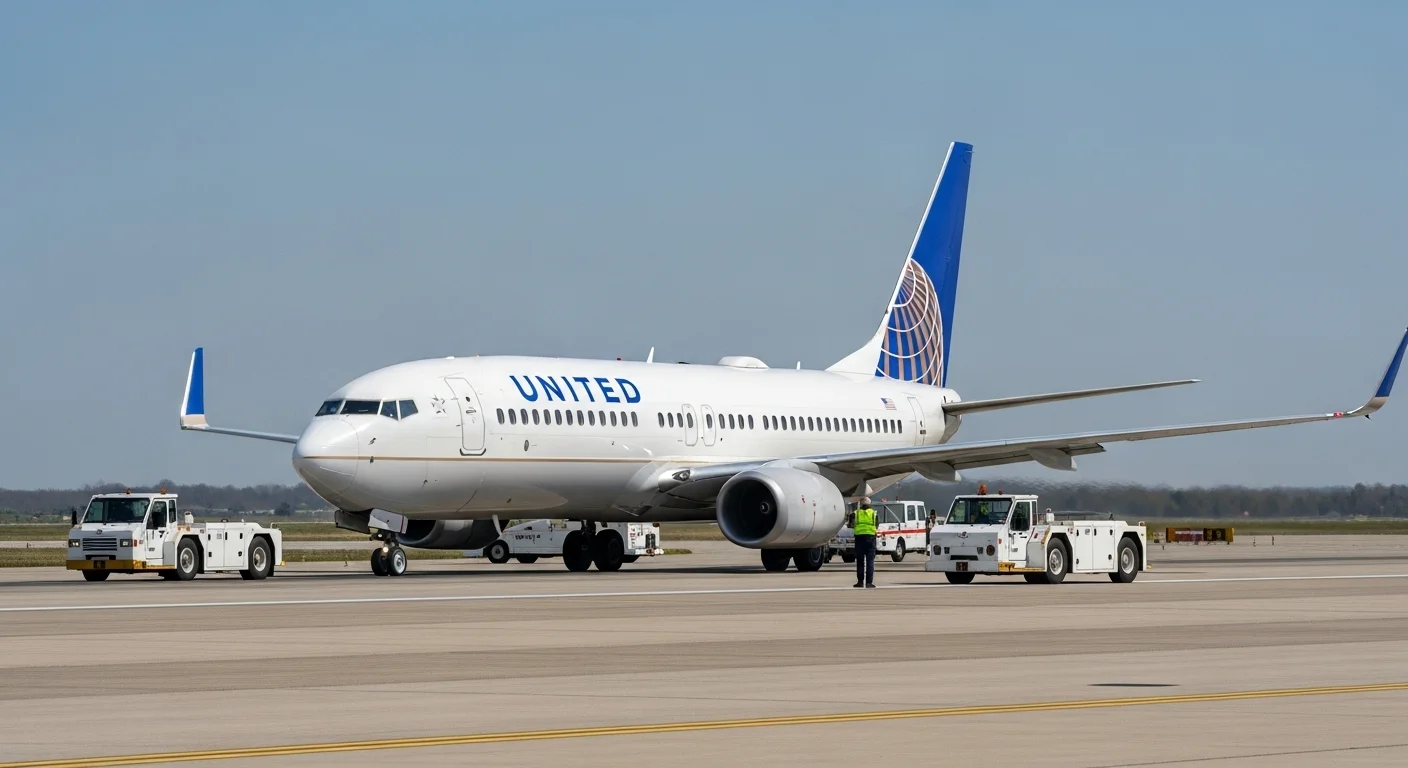United Airlines Flight UA770 Emergency Diversion Status: A Closer Look at Aviation Safety
Aviation is one of the safest modes of travel in the world, but every now and then, certain situations remind us of how critical safety systems and crew readiness really are. The united airlines flight ua770 emergency diversion status is one such example. This situation highlighted the way in which technology, human judgment, and established protocols work hand in hand to keep passengers safe. By examining the details, we can understand how the aviation industry prepares for the unexpected.
Why Diversions Happen in Aviation
When discussing the united airlines flight ua770 emergency diversion status, it is important to first understand the concept of flight diversions in general. A diversion takes place when a flight cannot continue to its intended destination and must instead land at another airport. This can happen due to weather conditions, technical issues, or medical emergencies onboard.
Diversions are not failures; rather, they are safety measures designed to ensure the well-being of passengers and crew. The united airlines flight ua770 emergency diversion status demonstrated this perfectly, showing how a swift change of course can prevent risks and provide immediate support when needed.
The Human Side of Emergency Decisions
Behind the united airlines flight ua770 emergency diversion status was a highly trained flight crew making rapid decisions. Pilots undergo countless hours of simulation training for situations just like this. Their judgment calls are supported by checklists, real-time communication with air traffic control, and company safety procedures.
In the case of flight UA770, the decision to divert underscored how crucial calm leadership and teamwork are during high-pressure moments. It was not only a mechanical or procedural move—it was a human decision made with passengers’ safety at the forefront.
The Role of Technology in the Diversion Process
Technology plays a vital role in managing an emergency diversion. Modern aircraft are equipped with monitoring systems that provide continuous updates on performance, fuel levels, and cabin conditions. During the united airlines flight ua770 emergency diversion status, technology provided the pilots with the data needed to make the safest decision possible.
Navigation systems quickly identified alternate airports, while communication systems kept both the crew and passengers informed. These tools helped ensure the diversion was not only effective but also efficient.
Air Traffic Control and Ground Support
Another critical factor in the united airlines flight ua770 emergency diversion status was the role of air traffic controllers. They coordinate the safe movement of diverted flights, clearing airspace and giving priority where necessary. Once the aircraft landed, ground crews were ready to assist with passenger needs, technical checks, and logistical arrangements for continuing the journey.
This coordination between air and ground operations highlights the layered safety net in aviation. No diversion happens in isolation—it involves an entire network of professionals working in sync.
Passenger Experience During the Diversion
For passengers, the united airlines flight ua770 emergency diversion status was undoubtedly an unexpected disruption. Yet, the way a crew communicates during such events can make all the difference. Clear announcements, updates about the reason for the diversion, and reassurance about safety are vital.
Most travelers are aware that diversions are precautionary. While delays are inconvenient, passengers often leave with a greater appreciation for how seriously airlines prioritize their safety. In the case of UA770, the diversion likely reassured everyone on board that safety comes before schedule.
Lessons Learned from the Incident
Every emergency diversion provides valuable lessons for the aviation industry. The united airlines flight ua770 emergency diversion status serves as a reminder that preparation is never wasted. Each scenario strengthens future responses, as airlines review what went well and where improvements can be made.
From refining communication protocols to improving maintenance checks, each incident adds to the body of knowledge that keeps aviation among the safest forms of transportation.
Emergency Diversion and Public Perception
Whenever an event like the united airlines flight ua770 emergency diversion status takes place, it captures public attention. Headlines may sound alarming, but in reality, diversions show the effectiveness of aviation safety measures. What might seem like a crisis is often the result of crews proactively managing risks.
Airlines take these moments seriously, not just from a safety perspective but also from a customer relations standpoint. Transparency helps passengers trust the system even more.
How Airlines Train for Diversions
Training is at the heart of aviation safety. Pilots and crew regularly rehearse scenarios similar to the united airlines flight ua770 emergency diversion status. Simulator sessions include engine issues, cabin emergencies, and medical situations. Flight attendants also undergo training to keep passengers calm and assist during diversions.
This constant preparation ensures that when an actual event occurs, crews can rely on muscle memory and procedure rather than panic.
The Bigger Picture: Aviation as a Safety-First Industry
The united airlines flight ua770 emergency diversion status is not an isolated story—it is part of a much larger safety culture within aviation. Airlines, regulators, and manufacturers all collaborate to improve safety standards continuously. Diversions are proof that safety systems are not just theoretical—they work in practice.
Every time an aircraft diverts safely, it reinforces confidence in the aviation industry’s ability to handle the unexpected.
Final Thoughts
The united airlines flight ua770 emergency diversion status was more than just an airline update—it was a demonstration of safety protocols working exactly as intended. From the pilots’ quick decision-making to the support of air traffic controllers and ground staff, every layer of the aviation safety system came together.
While diversions may cause temporary inconvenience, they are a reassuring reminder that safety is the top priority in aviation. For passengers, incidents like this highlight the professionalism and readiness of the crews who make air travel one of the safest journeys a person can take.






